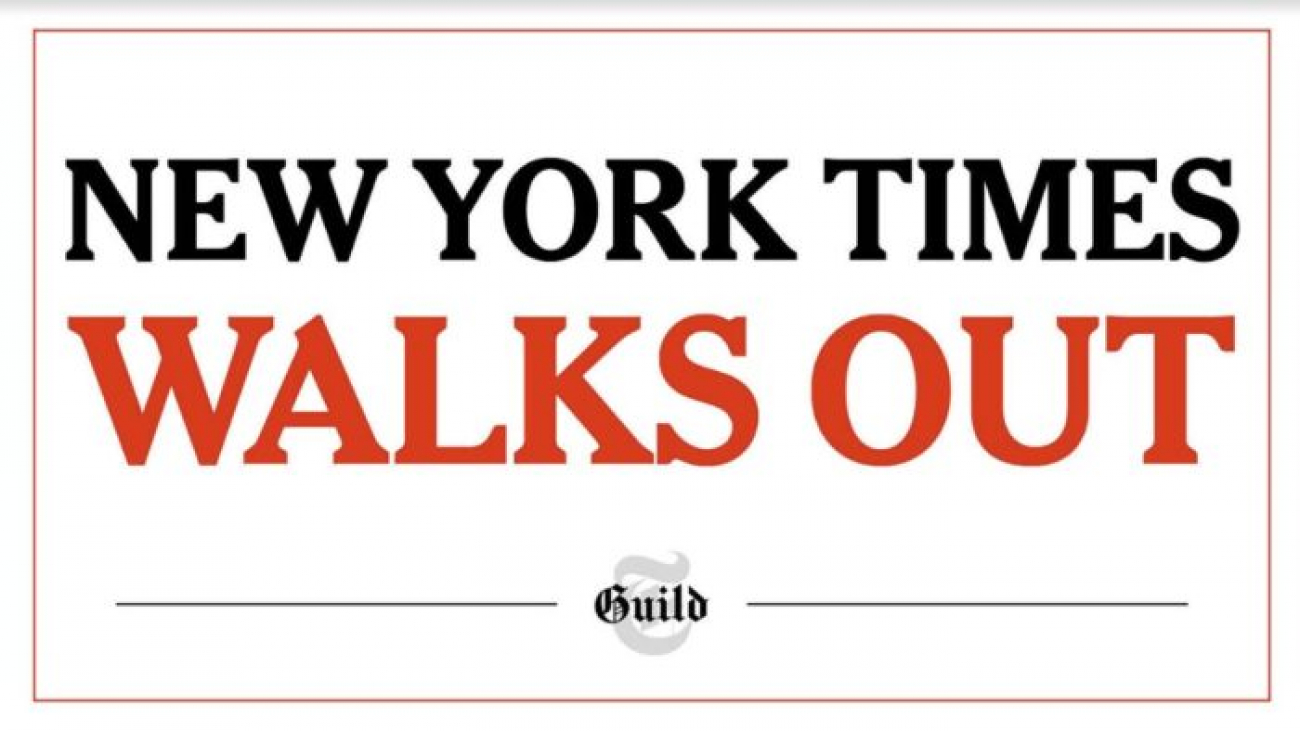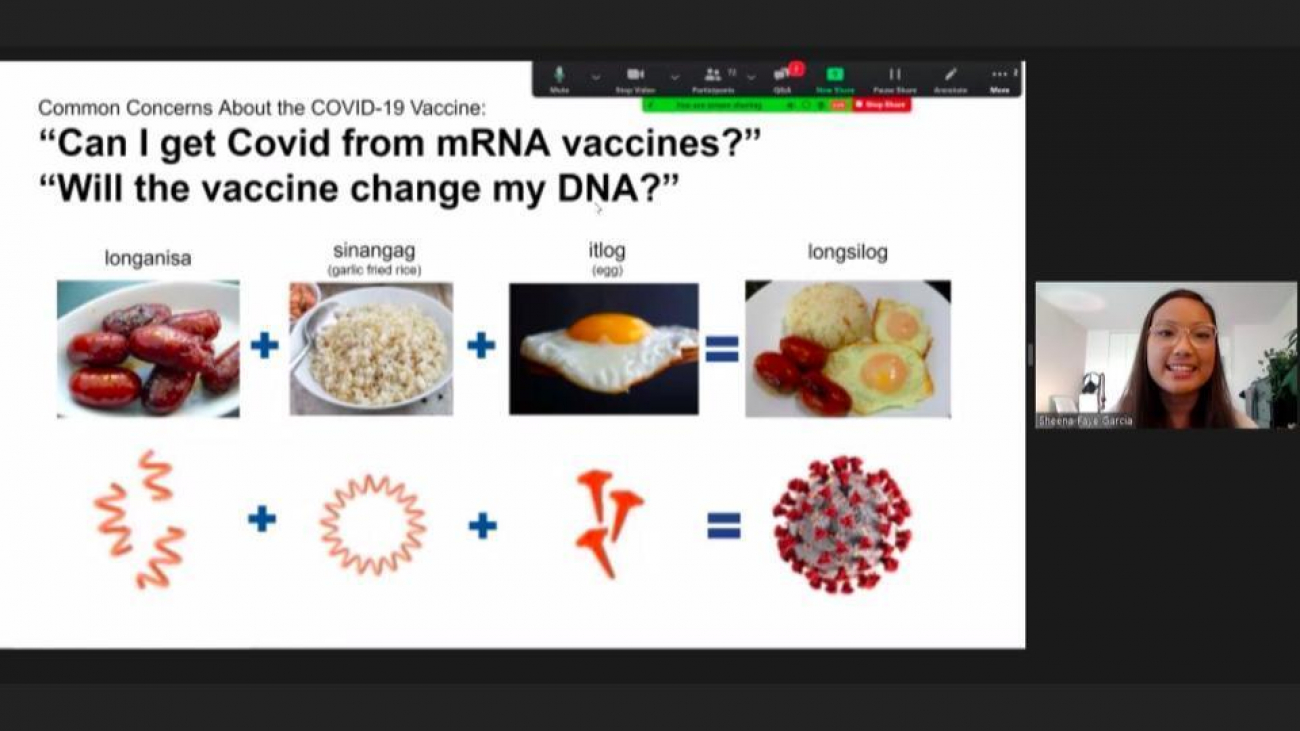By Ken Doctor
Elections have consequences.
How many times have we heard that old saw resurface in the past several years? But that saying applies to the business of local news revival, too.
We knew that our local fall elections offered a big test for Lookout Santa Cruz. We’d launched just after the 2020 November election, and this election, following a June test run, offered us the ability to show our fundamental essentiality to the wider community. Our coverage — voluminous, analytical, informational, and multimedia — showed our community what a digitally centered news operation can do for local democracy.
“In my years in Santa Cruz, I’ve never seen the scope of coverage you did,” the new mayor, a veteran politico, told us. In total, there were probably almost 100 content pieces, including those on usually neglected school and water boards, but we also wanted to extend into the community itself. We hosted three in-person candidate forums that we Zoomed, and then posted, in short segments, on our site for views to watch later on. We used texting, with help from an American Press Institute grant to solicit reader election questions — and got hundreds of them.
As Lookout Santa Cruz enters its third year, it’s become a primary local news medium for lots of locals. After two years of publishing — through the early news and information demands of Covid and recent, divisive local elections — we’re closing in on meeting the goal of our model: Powering a large, strong, fair, nonpartisan, and trustworthy new news brand on recurring revenue. It’s a model that can work beyond the territory of any single market.
Our advertising business is growing and diversifying. Our membership business has moved beyond a one-size-fits-all paywall, into a nuanced revenue line that aims to maximize both revenue and access for those unable to pay directly. Our student engagement programs help bring emerging adults into civic life and provide a steady stream of recurring revenue as well. Targeted philanthropy helps us build more quickly.
We’re on track to meet our goal of sustainable recurring revenue by next summer. We’re not declaring success yet, but we’re tangibly close, even as we ready ourselves for expansion into other communities. The work is tough and painstaking. We’ve made mistakes; fixing them costs us time and money — the two pressure points for all new ventures. We’ll undoubtedly make more.
In a world of surprises — Twitter self-immolation, Metaexiting news, midterm shocks — all that seems likely is recession. As a fellow local publisher remarked to me last week, “Given what’s already going on with the dailies, recession could be an extinction event.”
Hyperbole? Maybe. All I know is that we have to be thinking “replacement” for the dailies when we see stories like this one in The Washington Post: “They were some of the last journalists at their papers. Then came the layoffs.” As Kristi Garabradt told the Post of her layoff from the “Daily Jeff,” in Missouri’s capital city: “When you’re the paper’s only reporter, you don’t consider yourself nonessential.”
Recession will make remaking local news tougher. Money will be harder to get; timelines may lengthen. The world is unpredictable, but I continue to believe that the need for trusted, fact-based local news will never disappear. How it gets paid for and delivered is all in flux, but people want and value local news and information.
I’ve shared early lessons about our work building Lookout Local in two previous columns here at Nieman Lab, and am offering new takeaways below. My Newsonomics readers will note consistent themes through my 10 years (one million words!) of writing for the Lab. Over the last decade, we’ve seen financial players profit from the death spiral of the local newspaper industry, squeezing the last dollars out of a business dependent on the habits of senior readers. Many readers and journalists have already reached the end timess. Recently, Gannett — which controls 25% of U.S. daily newspaper circulation — forecast an operating loss of $60 to $70 million this year, even before the toll of recession.
The urgency of those who seek to rebuild local news — some advocating billions of dollars in funding — is only intensifying. Will we be ready, as the intersection of democracy and the cratering of the local press become more apparent? The clock is ticking.
On hiatus from my analyst work covering the digital transition of national publishers and the demise of the local press, I now fit everything through the local lens: The lived experience of one local news company serving a county of 276,000.
Taking the longest view I can at the moment of that experience, I’m gobsmacked by the convergence between our mission and our business model.
Lookout Santa Cruz aims to help make Santa Cruz County a better place for all who live here. That mission isn’t a news one, per se, but news is a primary vehicle to achieve it.
Lookout is a public benefit company, and we saw mission and model as complementary from the start. The more we invest in community coverage and community engagement, the faster our business grows. The more that small- and medium-sized businesses, as well as larger nonprofits, buy advertising and memberships, the more we’re able to invest. It’s a virtuous circle that serves as a guidepost for Lookout — and, I think, for all of us intent on building pro-democracy local news organizations now.
The local credit union or beloved local grocer buys into Lookout because they like what we bring to the community. With their ad spend, we better our product and expand reach for them at the same time. They believe us when we say we’re built to last — and can compare that to local print, which looks more fragile and fatigued every month. (“We no longer buy print” is the increasing refrain.)
Authenticity is fundamental. But what differentiates our model from many others is size. Despite much advice to the contrary, I believed that we had to offer a big enough product to succeed in our goal to replace the local Alden daily, which is down to less than a handful in its newsroom. (If you missed the latest Alden takedown, check out Hasan Minhaj’s latest Netflix special, starting 12:36 from the end.) Start too small, and it’s too hard to propel the revenue generation forward.
Lookout Local has never been about money itself, but money to the end of the mission — money that can prove out the proposition that a robust replacement for suicidal dailies can, indeed, be built. That’s especially important in the age of Gannett’s trainwreck, Axios Local’s skimming, and the misguided Journalism Competition and Preservation act currently before Congress.
We raised a couple million dollars from the likes of the Knight Foundation, the Google News Innovation Challenge, The Lenfest Institute for Journalism, the Silicon Valley Community Foundation, and local and regional philanthropists. “That’s a lot of money for a place the size of Santa Cruz,” some told me. But it’s not. Replacement takes investment.
We now have a real local news company growing well in all the vital benchmarks — audience, revenue, community regard, and credibility — with 15 full-tume people working in Santa Cruz Count. We have a newsroom of 10 and a business staff of five. We’re old-fashioned, working in a real office, with face-to-face communication throughout the week.
Without print costs, 80% of our expenses are in people — a terrific advantage going forward. Our staff, paid above local newspaper standards, drives our success and the pace of it. We know we are doing something both contrarian and absolutely vital.
We have to create a set of products — mobile site, desktop site, email newsletters, text alerts, social media posts, reels, events — that are good and newsy enough to merit regular check-ins and reading. We’re big enough to earn the audience, ad effectiveness, and membership value these kinds of operations require — in Santa Cruz and, we believe, more widely.
That means accountability journalism, and an increasing amount of it. This fall, we focused on pesticides near schools, overcrowded jails, teenagers’ fentanyl use, homelessness, and county fair upheaval.
As much as accountability is core to our mission, though, it will never pay the bills — or bring in sufficient readers to engage real thought and change in the communities we intend to serve. So we also offer entertainment calendars, puzzles, obituaries, a job board, and a Community Voices opinion section that in its first six months broadened political and cultural conversation — and served as a vital part of our election 2022 coverage, when we offered endorsements for the first time.
As central as political and civic coverage is, a wider variety of content pushes people from being in-and-out visitors to readers. Food is foremost. Arts, education, coastal life, public health, and culture also serve to satisfy readers.
As we become a primary news medium for an increasing number of people, we’re confronted with fundamental questions of expectation: How do we cover courts, crime, business, traffic, smaller government meetings, and more? As a fellow publisher put it to me recently, “We started offering news of choice. Now, we are expected to be the news of record.”
Here are 11 takeaways as we enter our third year.
Be patient — and aggressive. Acceptance follows on the heels of awareness, but it may take five or six brand touches for someone to really take notice. Before we launched, I’d tell people about what we were planning and receive mainly quizzical looks. I’d say to good news readers, “you know, a through-the-day changing news product on your phone, like The New York Times.” They’d smile and say, “You mean a blog.” They couldn’t imagine a product that didn’t exist: a local, mobile-first news service that changed through the day. Surveying readers about whether they wanted it would have been pointless, and I’m glad we didn’t.
Two years in, though, we hear, “I read Morning Lookout every morning, and know that when something happens you’re going to send me an alert.” We’re now hitting about 250,000 pageviews a month, growing at about 17% year over year. We love direct traffic and benchmark above average on it. We roll with Google and Facebook and also find Apple News to be an ascending brand builder for us.
Keep diversifying revenue streams. That should be a big duh to anyone trying to fund any venture, but I’m still amazed by how many organizations are focused almost exclusively on reader revenue as the ramp forward. We believe deeply in it, but it’s only one support. Here’s our percentage mix, still in flux, of course: 50% advertising; 35% membership, and 15% targeted philanthropy for key growth positions.
Act like a real marketing partner. How many (smart) people in the news revival movement are still allergic to advertising, or buy the line that Google and Facebook have “taken” the local market? Advertising makes up half of our revenue and has doubled over the past year. We call these “marketing partnerships” because that’s what they are — a deeply relationship-building form of community-driven commercial and nonprofit organization development. We call our business side Commerce and Community. We started with branded content (clearly demarcated and untouched by the newsroom) and have now added a range of innovative digital display products, a job board, obituaries, Instagram reels, and event sponsorships. We run no programmatic ads. Our ads reflect the local small business and nonprofit communities back to our whole community of readers. That means they not only bring in dollars, they reaffirm the community itself. It’s a twofer.
Move flexibly into Membership 2.0. It’s time to make the paywall/no paywall argument obsolete. We started with a tight paywall and a high price ($187 a year, or $17 per month). We’re glad we did. We gained real supporters, and we’ve kept them.
Now, though, as we’ve shifted access providers, we’re taking a more nuanced approach to membership. We want to provide access to Lookout to as close to 100% of the communities we serve as possible. That means lots of different kinds of memberships. Memberships now total more than 7,000, and we have 10,000 in our sights by early next year. All are paid for, in a range of ways. We have individual, enterprise, student, educator, and group memberships.
Paywalls should never have become a religious argument in the new news trade. In our work balancing access and revenue, we are building a model that I hope moves that discussion forward. Access control is fundamental; we are finally moving into an era of deploying it more imaginatively.
Show up. Be active, go to events, talk to anyone and everyone — not just the company’s leadership, but the full staff. Events — sponsoring and co-sponsoring them — are key, but it doesn’t stop there. There’s nothing like face-to-face gatherings. Fifteen people on the ground is a community force, multiplying the power and reach of the journalism.
Bring students directly into local news. Our paid access for students is supported by media literacy and civic-minded individual donors, and by the Google News Initiative. This isn’t the old daily Newspapers in Education program that often just dumped newspapers (the better to count for circulation) at schools. We’re doing more than providing access — we’re creating a local news-based curriculum and now see it being incorporated at the high school and college levels. We’re adding student voices into the fabric of Lookout. The societal value is a no-brainer, but we also see how this program can generate recurring revenue going forward — and serve as a model for getting local news to others who can’t, or are unlikely to, pay.
Planning is great, but it’s a lot of improv. The best models only offer a blueprint. From there, it’s relentless problem-solving — something that newsrooms have done daily for decades, and that is essential for building the sustainable business model in each community. Instagram is as much art as science. Some school programs fail to catch on, while educators quickly adapt other stuff our newsroom is producing every day.
Team-building takes time. We’re now fully staffed, with our most recent hires coming from places like the Globe and Mail and Monterey County Weekly. The team matches up pretty well with the across-the-generations readership profile our analytics display. After too much turnover in our first year, we’ve settled in well, though our culture is still forming. We’ve found nothing beats an in-office environment to build both culture and product. It’s as old-fashioned as you can imagine: 10 people sitting around a conference room table talking local stories.
Democracy is local. Santa Cruz has its share of polarization. It looks different here than it does in the red/blue patterns that swamp CNN every two years, but it’s the same phenomenon. For us, the work of building a stronger democracy starts with news and information, fair and deeply reported analysis, and rumor- and fact-checking. It extends to a wide-ranging opinion section and in-person community forums that are then given long life on the site. The more work we do, the more people accept us as a player, and both praise and criticism grow. It’s long-term work, and difficult, but we’ve got to be in the fray as an honest broker.
The tech stack is still unnecessarily hard. We’re not a technology business, though we are wholly digital. But we are a technology-based business. That’s an essential understanding as the dailies gasp for breath and newspapers abandon print. The advantages we have are real and long-term, but they’re still not properly rationalized. From CMSes to access controls to analytics to search optimization, we see a motley assortment of tech with too little integration among the moving parts. There’s real movement toward higher-performance standardization, optimization, and networking, but dealing with partial solutions continues to retard the fundamental work of remaking local news.
Make good friends and lean on them. Workshops, webinars, trainings, and the like are good. But there’s nothing like having friends in the business, enduring the same workloads, confronting the same issues, and understanding that innovation, rather than invention, is largely the name of the game. Six months ago, I wrote about the “3 a.m. Club,” made up of the leaders of the Daily Memphian, Colorado Sun, Baltimore Banner, Long Beach Post, and Block Club Chicago. As we approach 2023, our support for each other is evolving into possible networked solutions, tech and otherwise, that maximize our precious resources. We must all find our friends and stay close to them.
As we finish this year and look ahead, we’re about where we hoped to be, though the journey’s been unpredictable. We’ve built a model that’s working in Santa Cruz County. We believe many parts of it are widely applicable across the country. How do we apply what we’ve learned so far? How could the model, or parts of it, be applied to the world of dailies and large weeklies?
As a publisher and as an analyst, I balance those and numerous similar questions within the bounds of time. The brutal combination of local press destruction and assaults on the democratic process itself pose an unprecedented challenge for our time and place. It’s one we have to get right.








